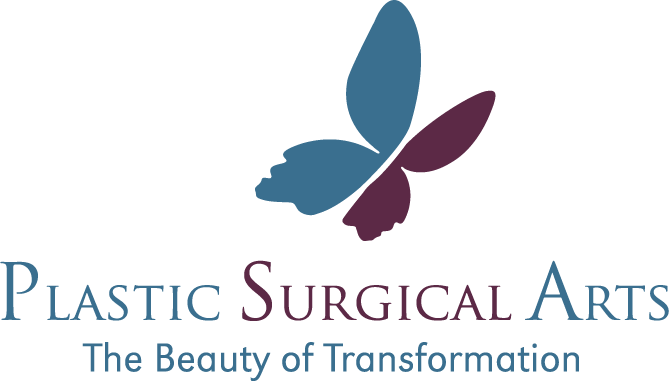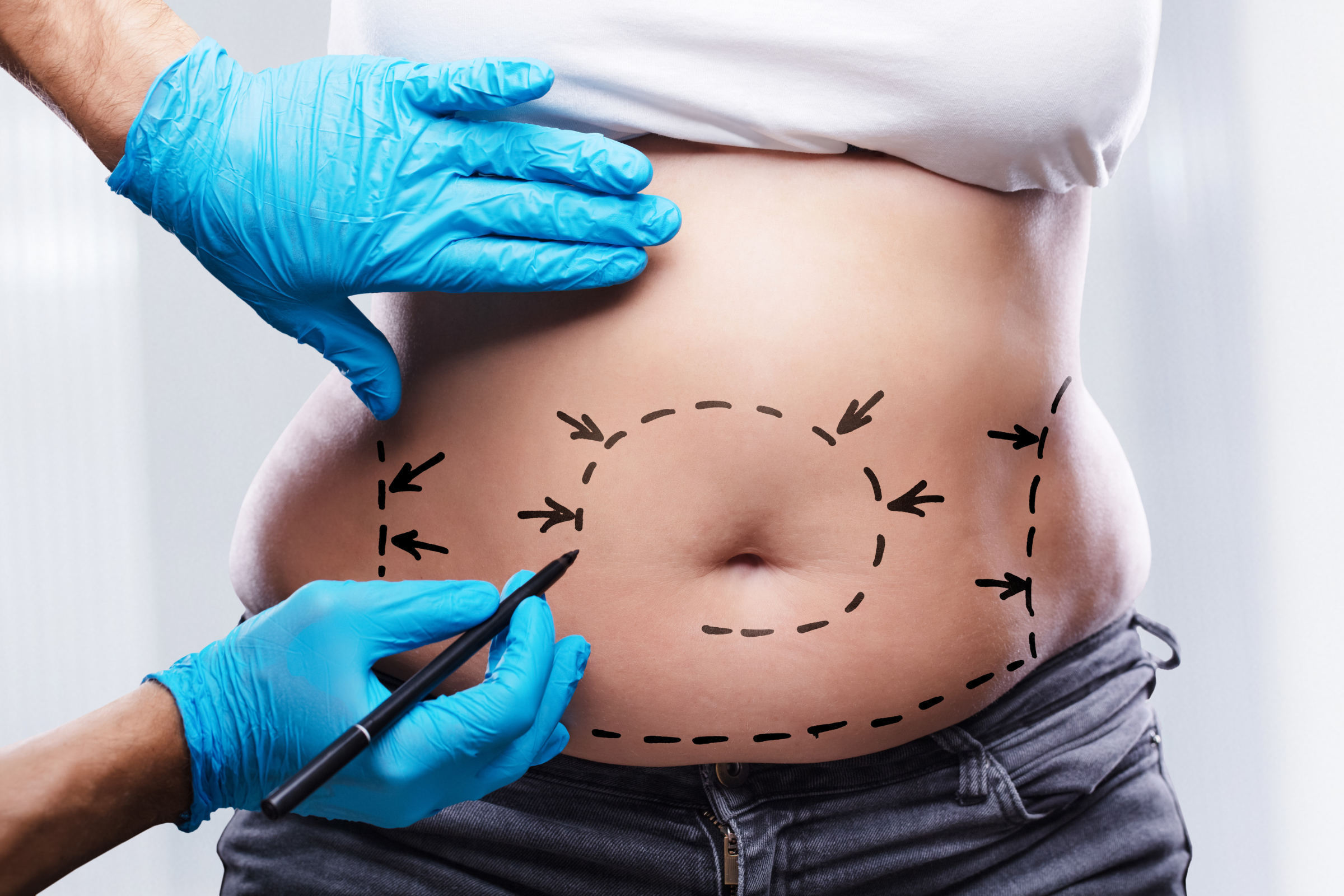
Liposuction
-
Liposuction creates a more pleasing contour by removing deposits of excess fat.
It can be used to reshape hips and thighs, flatten abdomens, reduce love handles and improve double chins.
Liposuction is safe for virtually any part of the body.
In certain circumstances, liposuction can be performed under a local anesthetic and is frequently combined with other cosmetic procedures.
-
Liposuction is perfect for anyone wanting a smoother, more proportional figure and/or wants to reduce the fat deposits on targeted areas of their body.
Areas that can be treated:
Ankles and Calves
Back
Buttocks and Hips
Chin and Neckline
Knees and Thighs
Stomach / Waistline
Upper Arms
-
During the consultation, you should be prepared to discuss your comprehensive medical history. Relevant information includes current and previous medical conditions, drug allergies, previous medical treatments, pregnancy history and current medications. Your Plastic Surgical Arts surgeon’s recommendation is based largely on the complete and accurate information you provide during this initial visit.
Your current weight along with your plans to gain or lose weight in the future are both factors in evaluating you for liposuction. Please be prepared to discuss with your surgeon the effects of prior weight loss on the appearance of those areas which you have indicated for contouring. The elasticity of your skin will be considered when estimating the amount of fat to be removed for optimal results.
-
The liposuction procedure will be performed at a location that is most convenient; , either in our surgical suite or at one of the outpatient at one of the several hospitals in Lincoln, depending on the areas being treated and the extent of the procedure.
Prior to the procedure, a decision will be made on what form of anesthesia will be used.
Generally, for liposuction, local anesthesia, intravenous sedation, an epidural block or general anesthesia are chosen by both you and your Plastic Surgical Arts surgeon.
The use of monitors, during and after the liposuction, is imperative to check your vitals and oxygen levels throughout the procedure.
After the completion of the procedure, compressive dressing will be provided. This elasticized bandage, sponge or specially designed garment should be worn over the area that was suctioned for a length of time determined by your surgeon.
You will be moved to a recovery area where your vitals and oxygen levels will continue to be monitored.
Once the anesthesia wears off, you may experience some discomfort, which can be controlled by prescription medication. In most cases, patients are released after a few hours, although some patients may stay overnight in the hospital or surgical facility.
The liposuction does cause a lot of swelling. Initially, it may appear that no fat deposits were removed; this is a result of the swelling in the target area. The swelling may appear to be more dramatic in the evenings and less apparent earlier in the day.
It generally takes three to four months for the final contour to appear and all of the swelling to disappear.
-
In the days following your liposuction procedure, it's important to have a general understanding of what to expect during the recovery process.
You may experience some pain, soreness, or discomfort in the treated areas. Your surgeon will likely prescribe pain medication or recommend over-the-counter pain relievers to help manage any discomfort. Follow their instructions regarding the dosage and frequency of medication.
Swelling and bruising are normal after liposuction. The extent and duration of swelling and bruising can vary depending on the individual and the areas treated. Wearing compression garments as recommended by your surgeon can help minimize swelling and support the healing process.
It's common to experience drainage of fluid from the incision sites in the first few days following liposuction. Your surgeon may place temporary drains to help remove excess fluid. Additionally, your body may retain fluid during the initial stages of healing. Staying properly hydrated and following your surgeon's instructions regarding fluid management is important.
You may be advised to wear compression garments, usually for several weeks, to help reduce swelling, promote healing, and contour the treated areas. These garments provide gentle pressure and support, aiding in the resolution of swelling and promoting skin retraction.
It's crucial to rest and limit physical activity during the initial recovery period. Your surgeon will provide guidelines on when you can resume normal activities, including work, exercise, and other strenuous tasks. It's important to follow these instructions to ensure optimal healing.
Your will have follow-up appointments to monitor your progress. During these visits, your surgeon will assess the treated areas, remove any drains or stitches, and address any concerns or questions you may have.
Remember that everyone's recovery process can vary, and it's essential to follow your surgeon's specific instructions for a smooth recovery.
If you experience excessive pain, swelling, bleeding, or any other unusual symptoms, contact your surgeon immediately.
-
You should be able to return to work in just a few short days following the procedure.
In many instances, you can resume most of your normal activities within one or two weeks, and begin some form of exercise following that two weeks time period.
The timing of your recovery depends largely on the extent of your surgery.
-
The results of liposuction will be permanent, as long as you maintain your post-operative weight. Even if you gain a few extra pounds, you may find that the weight is distributed more evenly instead of accumulating in the areas that were problematic for you in the past.
Occasionally, a touchup may be desired to further improve an area that has been suctioned. A touchup is considered to be less invasive and can usually be performed under local anesthesia in your plastic surgeon’s office. More extensive revisions may require a return to the operating room.
-
TO PRINT THESE INSTRUCTIONS CLICK HERE
POST OP INSTRUCTIONS
GENERAL INFORMATION: Arrange to have someone spend the first two days with you following surgery. Its ok to ambulate around the house with assistance, but do not exercise. May go to the bathroom with assistance as needed. Take pain medications as ordered by your physician. Have someone else give you your medications according to the proper time intervals. Under such circumstances, you could forget and take them too often.
WHAT YOU CAN EXPECT: Moderate discomfort Moderate swelling Drainage around the incision sites. This drainage can appear bloody, but the fluid is usually watery. If this is thicker than watery fluid, please call the office. Black and blue discoloration No alcohol for five days after surgery. Oral fluid intake is encouraged.
CONTACT YOUR PHYSICIAN (402.483.2572) IF ANY OF THE FOLLOWING OCCUR: An oral temperature greater than 101 degrees F. Redness, swelling or large amounts of drainage from the incision sites. Severe pain not responding to pain medications. Unable to urinate within 12 hours of discharge. If any other question or problem arise.
ACTIVITY: After 24 hours, you may remove the support binder to shower, but otherwise wear the support binder continuously. Resume activity as instructed by your physician. It is suggested to start massage to the areas treated as soon as tolerable. This will be uncomfortable to start. Begin with light pressure using some lotion that allows the fingers to glide over the area directing the fluid to regional lymph nodes. Do not massage the incision locations. Increase the intensity of the massage as tolerated. Some people would prefer to have a physical therapist do this for them and some prefer to do it themselves. Please contact us for more thorough instructions.

